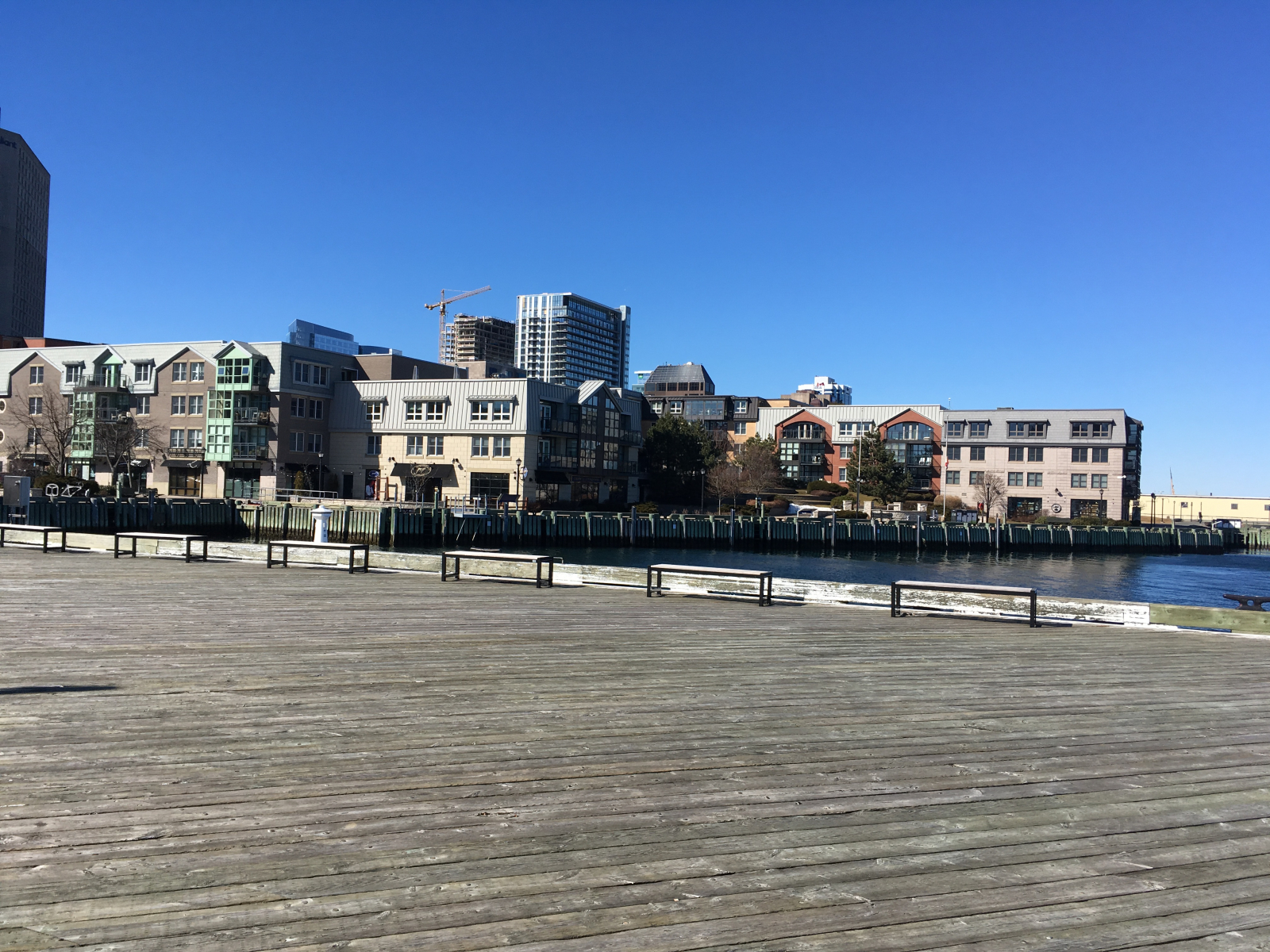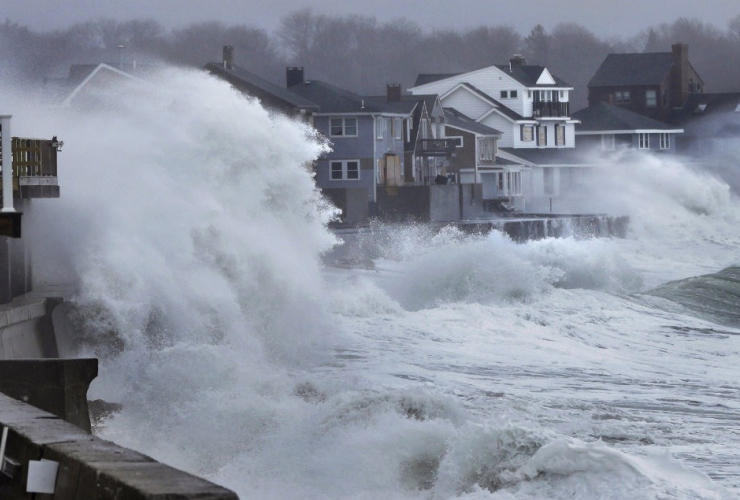By 2050, a building in Halifax will have to be set about 30 centimetres higher than it would be today, in order to withstand rising sea levels.
This is one of the key projections, based on data from Natural Resources Canada, behind a new federal government project that is seeking to engage and inform Atlantic Canadians about the dramatic consequences looming as climate change strikes Atlantic Canada and imposes billions of dollars in economic costs.
The project, funded by the Department of Fisheries and Oceans (DFO) aims to educate people in the region about the effects of rising sea levels, and to help developers, local authorities and builders – from high-rises to backyard sheds – to plan for the ocean’s inevitable rise.
"Most Atlantic Canadians live along our coastlines and they need to know how climate change may affect their communities and their livelihoods," Fisheries and Oceans minister Dominic LeBlanc said in a statement announcing the new initiative.
Sea level rise is quickly becoming an expensive consequence of climate change: by 2020, sea level rise and storm surges could cost Canada as much as $5.4 billion per year, increasing to $48.1 billion per year by 2080, according to a 2016 report from Natural Resources Canada.
DFO is partnering with Halifax-based environmental organization Ecology Action Centre on the new $30,300 project, which includes a website with information about rising sea levels and how changes expected over the next century will affect cities and towns across Atlantic Canada. DFO and the EAC are also planning workshops and meetings with residents of Atlantic provinces.
Nova Scotia is expected to experience the largest relative change in sea level in Atlantic Canada. That’s something the city of Halifax is already taking into account: planning rules require new residential buildings to be at least 3.8 metres above Canada’s mean sea level (the plan is based on an older measure of the mean sea level, which has since been updated to reflect more accurate measurements).

Globally, climate change is expected to cause sea levels to rise by a minimum of 28 centimetres by 2100, with worst-case scenarios suggesting an increase of more than 2.5 metres. For Canadians on the coasts, that will mean big changes: water pushing into cities and towns, salt water seeping into wells and fields and extreme weather events driving more destructive storm surges.
“In Atlantic Canada, sea-level rise is impacting our coastal communities more and more every year and all models indicate that the impacts will only intensify,” the Ecology Action Centre’s coastal adaptation coordinator, Samantha Page, said in a press release.






Comments